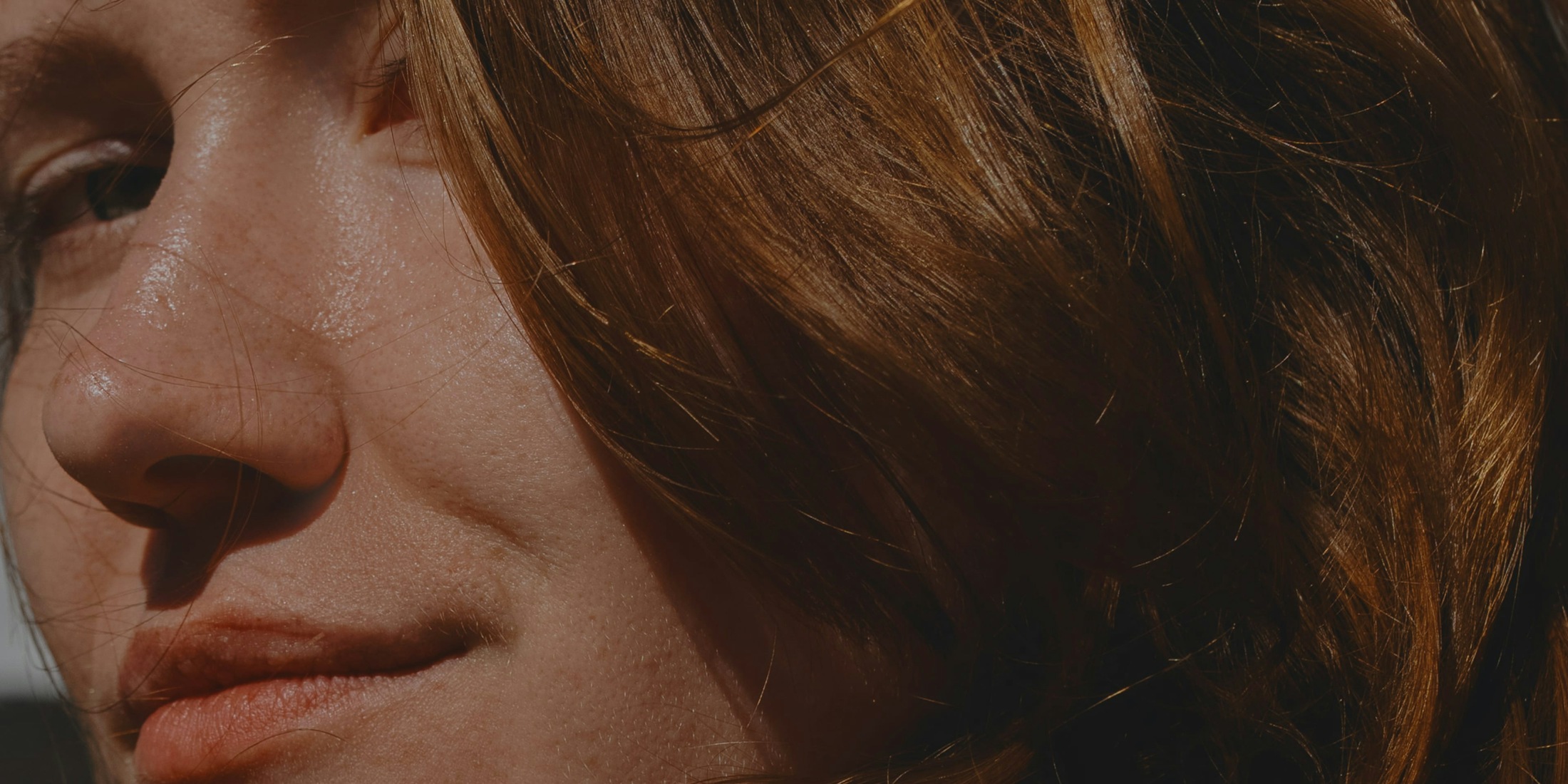“Today I thought we’d spend a few minutes answering some questions that came up just this week with blepharoplasty, or eyelid surgery patients, and these questions were very germane, and are repeated very often, so I thought I’d share them with you.
If you have any questions that are add-ons to my comments, please feel free to write or send a video or photograph, and I’m happy to comment on those. You can do that either publicly or privately at DrMaas.com video blog.
The first question that came up was “Are there alternatives for saggy or droopy eyelids to surgery? Are there other things that are reasonable to do that can improve eyelid contour?” The answer is absolutely yes. I break this down into two categories: The first category is upper eyelid surgery, the second category would be lower eyelid surgery. With upper eyelid surgery, there is a redundancy of skin there that goes along with the brow dropping down as well as the saggy or dramatical skin; that sort of the creepy skin of the upper eyelids. There can be some improvement achieved with skin resurfacing, either with the laser or chemical peel.
Skin resurfacing, I’ve described before as a way of selectively injuring the skin surface down to the second layer of the skin, the dermis. Stimulating a wound healing process that actually improves the skin by re-creating new collagen, remodeling the existing collagen and forming new skin cells or regrowth over the skin surface. So some tightening can be achieved with skin resurfacing, but I think it’s really often over-played by resurfacing and laser experts. There’s some improvement in terms of tightening the loose skin, the fine lines and wrinkles, but it’s far from perfect if there’s a lot of redundancy to the skin. Obviously, doing a surgical procedure for the eyelids has its unique benefits, and some downsides in terms of recovery.
So resurfacing is one of those alternatives. Another alternative might be the use a botulinum toxins, and that comes in a couple of forms now. Three currently available in the United States: Botox Cosmetic, which we all know about. Dysport which is now a valiant product, and lastly Xeomin which is made by the Merz Company.
All these are type A neuromodulators botulinum toxins and they do the same thing around the eyelids if we inject the area of the lateral crows feet region, this the orbicularis oculi muscle. We can relax the muscle, but it’s primarily responsible for pulling the eyebrow down. Pulling the eyebrow down obviously create some hooding, and by relaxing the muscle that’s pulling it down we can actually get some brow elevation, and that can reduce the redundancy.
So those are some non-surgical alternatives in improving eyelid contour. Again, really saggy eyelids have to be addressed with your doctor individually, and whether you use resurfacing, botulinum toxins, or even doing an injectable filler (which is the third or last to these options or up to you and the physician you’re working with.) The last one I mentioned is a little bit controversial, or is very specific to individual physicians in their use, and that is placing a filler like Restylane, Juvederm, Radiesse or Belotero underneath the eyebrow, and just below the eyebrow in order to create some volume and a little lift to the brow itself. It’s controversial because it can also create some thickening or frontal bossing, so it has to really be done in the right patient. A little swelling is involved, but in the right patient this can be a nice way of elevating the eyebrow, which translates into a little less redundancy of the skin of the upper eyelid.
So kind of a long question, but three options we really talked about in terms of addressing non-surgically the eyelid. Option number 1: Resurfacing. Option number 2: botulinum toxins: Botox, Dysport, Xeomin. Option 3 is using a filler in the infra brow below the brow region to help to create some volume.
So thank you for asking the question and thank you for the opportunity to answer these questions, and if you have any other questions don’t hesitate to write Dr Maas at the DrMaas.com blog. Visit our website at Maasclinic.com or even our Facebook page at Facebook.com/Maasclinic. As always thank you for coming and visiting, Corey S. Maas MDTM on Looking Your Best.”

